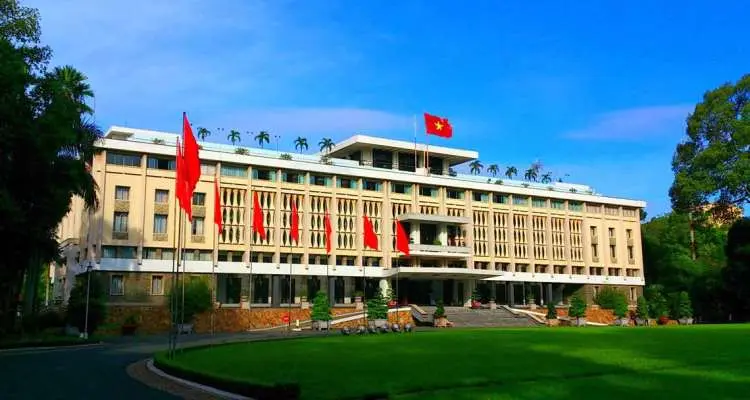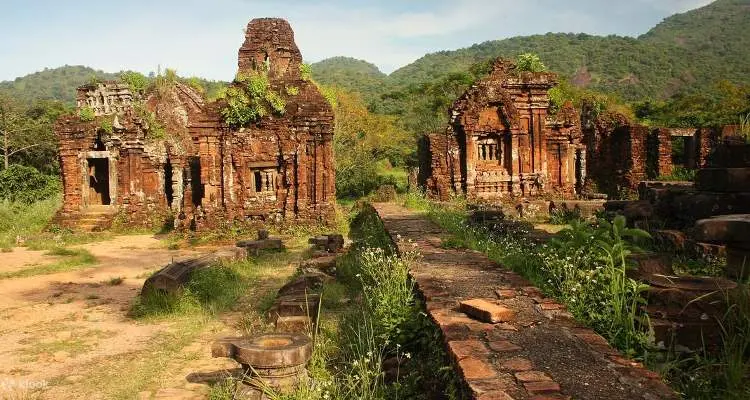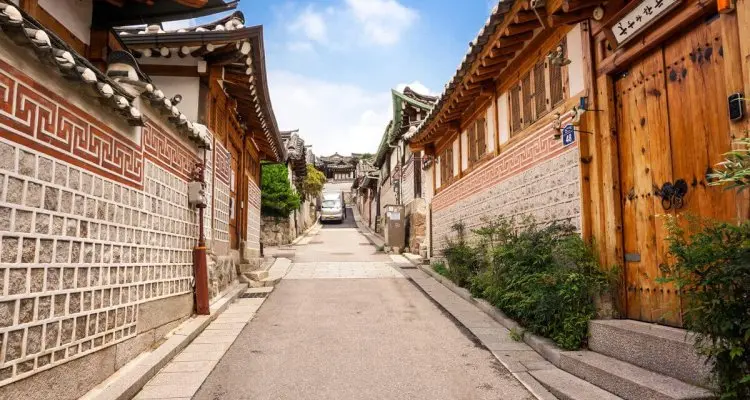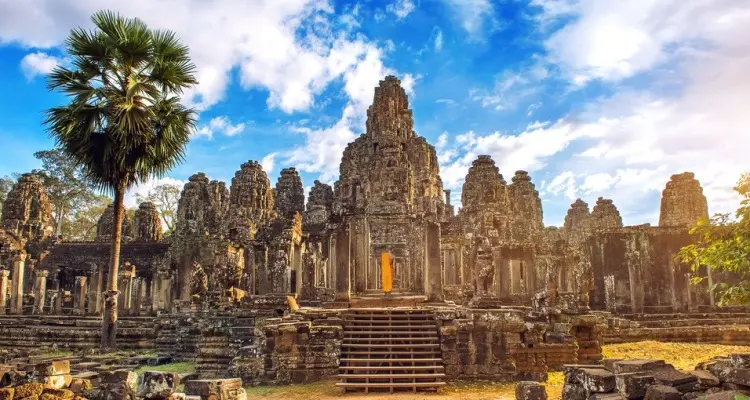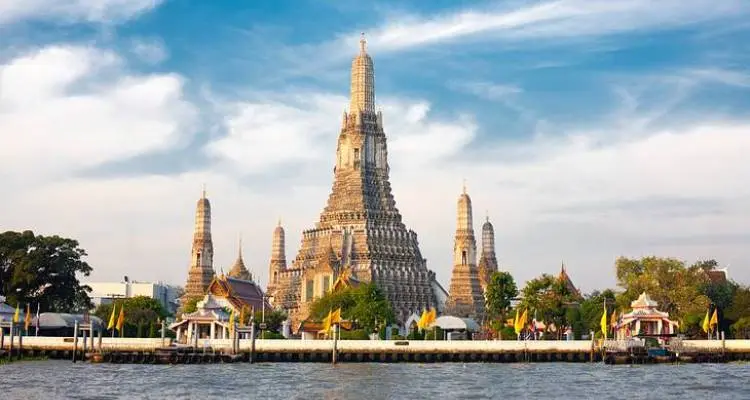Unveiling the Enchanting Allure of Ta Prohm Temple: Discovering the Timeless Splendor of Cambodia’s Historic Remnants
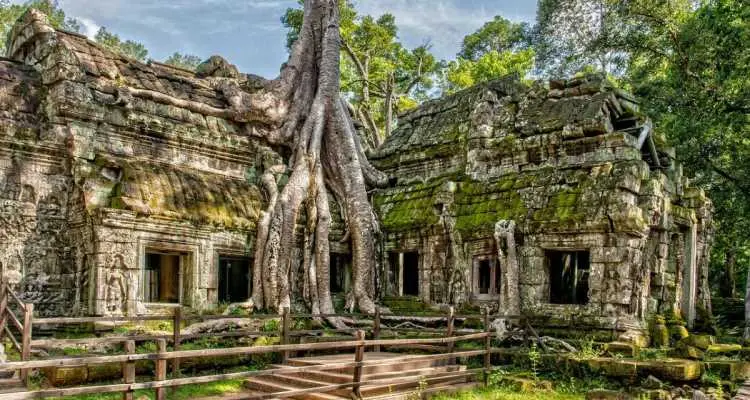
History
Nestled within the dense jungles of the Angkor Archaeological Park in Cambodia, Ta Prohm Temple stands as a captivating testament to the passage of time and the harmonious coexistence of nature and human creation. Built during the late 12th and early 13th centuries, under the patronage of King Jayavarman VII, Ta Prohm was originally known as Rajavihara, meaning “royal monastery.”
As a Mahayana Buddhist temple, Ta Prohm served as a place of worship, education, and meditation. It was dedicated to the king’s mother and adorned with intricate carvings and statues. Throughout its existence, the temple attracted a vast number of devotees, scholars, and pilgrims, embodying the profound spiritual and cultural values of the Khmer Empire.
Over time, Ta Prohm fell into disrepair and was gradually overtaken by the relentless growth of the jungle. Towering silk-cotton and fig trees enveloped the temple, their massive roots intermingling with the weathered stone structures. This unique blend of nature and architecture has made Ta Prohm a symbol of Cambodia’s ancient wonders.
Why Visit
Ta Prohm Temple allures visitors with its ethereal blend of historical significance, architectural marvels, and the enigmatic beauty of nature’s reclamation.
The temple’s mystical atmosphere arises from the symbiotic relationship between man-made structures and the towering trees that have embraced them. As you wander through the temple’s corridors, the intertwining roots, moss-covered walls, and sunlight filtering through the dense foliage create an ambiance that transports you to a realm frozen in time.
Ta Prohm offers a window into the grandeur of the Khmer Empire and its religious devotion. Intricate stone carvings and bas-reliefs depict scenes from ancient mythology, Buddhist tales, and daily life during the empire’s zenith. These remarkable artistic expressions offer insight into the culture, beliefs, and aspirations of the Khmer people.
The temple’s unique state of preservation provides a glimpse into the awe-inspiring forces of nature. Witnessing the enormous roots embracing doorways and encircling stone walls is a humbling experience that highlights the impermanence of human creations. It is a testament to the resilience of nature and its ability to reclaim even the most majestic of human achievements.
Location and Route
Ta Prohm Temple is situated within the expansive grounds of the Angkor Archaeological Park, located approximately 5 kilometers northeast of Siem Reap, a bustling city in northwestern Cambodia. Siem Reap serves as the primary gateway to the park and offers a range of accommodations and transportation options.
To reach Ta Prohm, visitors can hire a tuk-tuk, taxi, or bicycle from Siem Reap. The temple is easily accessible within the park, and signposts guide visitors to its location. Guided tours are also available, providing a deeper understanding of the temple’s historical and cultural significance.
When to Visit
Ta Prohm Temple can be visited throughout the year, but the best time to explore the temple and the Angkor Archaeological Park is during the dry season, which spans from November to March. The weather is pleasant, with cooler temperatures and lower humidity, creating optimal conditions for temple exploration and outdoor activities.
To fully appreciate the tranquil and enchanting ambiance of Ta Prohm, it is advisable to visit early in the morning or late in the afternoon. During these times, the temple is often less crowded, allowing for a more intimate and immersive experience amidst the ancient ruins and the surrounding natural beauty.
What to See
Ta Prohm Temple’s allure lies in its captivating fusion of ancient architecture and the captivating forces of nature. As you traverse the temple’s paths, you encounter mesmerizing sights at every turn.
The towering silk-cotton and fig trees with their sprawling roots envelop doorways, courtyards, and stone walls, creating a mesmerizing labyrinth of intertwined structures. These colossal roots form an intricate tapestry of nature’s artistic embrace, evoking a sense of wonder and enchantment.
Within the temple complex, intricate stone carvings and bas-reliefs adorn the walls, depicting scenes from mythology, history, and daily life. The carvings offer glimpses into the rich tapestry of Khmer culture, showcasing the empire’s artistic and spiritual expressions.
Exploring Ta Prohm also provides opportunities for peaceful contemplation and reflection. The dappled sunlight filtering through the dense canopy of trees creates a serene and serene atmosphere, inviting visitors to pause, meditate, and appreciate the profound interplay between human endeavor and the ever-changing natural world.
In addition to Ta Prohm, the Angkor Archaeological Park is home to other significant temples and ruins, including Angkor Wat, Bayon Temple, and Banteay Srei. Each site offers its own unique historical and architectural wonders, contributing to the rich tapestry of Cambodia’s ancient heritage.
In conclusion, a visit to Ta Prohm Temple is a journey into the mystical beauty of Cambodia’s ancient past. Its ethereal ruins, entwined with the roots of towering trees, transport visitors to a realm where time stands still.
Ta Prohm’s enigmatic allure, historical importance, and natural splendor make it an unmissable destination for travelers seeking to explore the wonders of the Khmer Empire. As you immerse yourself in the temple’s mystique and witness nature’s relentless embrace, you embark on a voyage of discovery, connecting with the essence of Cambodia’s awe-inspiring ancient ruins.


